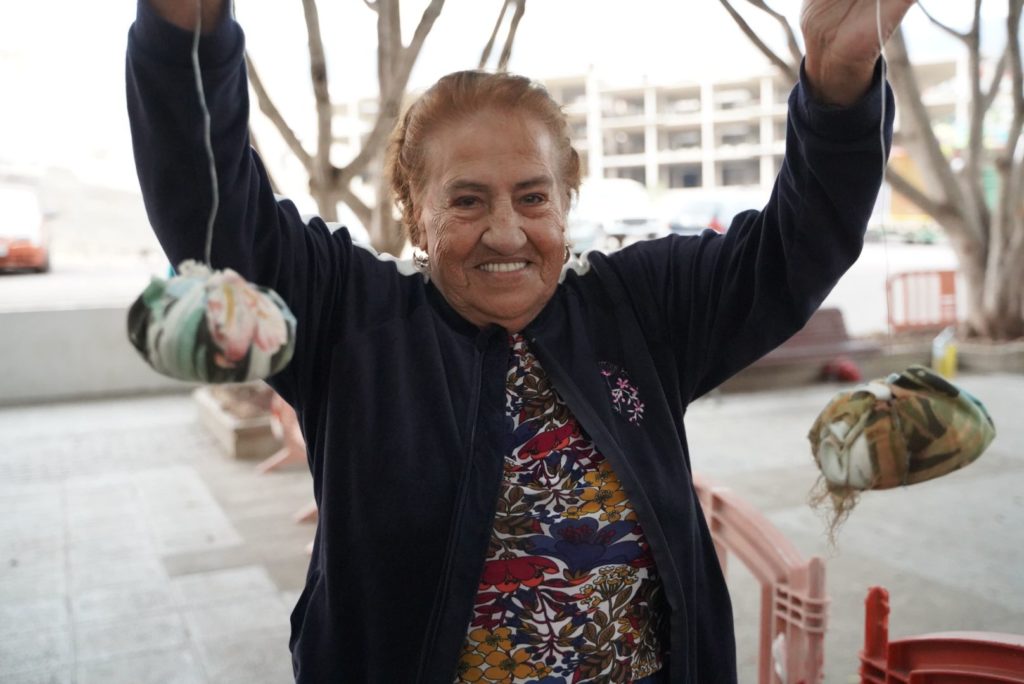Almost a century has passed since the boys and girls of day laborers and goatherds in the Arona Valley stopped playing, on the nights of San Juan, turning the Sun over their heads. It was his way of greeting the summer solstice among the bonfires that lit up the region. The Belgos de San Juan, name of the game, have survived thanks to the oral tradition of the elders.
According to popular memory, it was a diversion typical of the south of Tenerife, and more specifically of the midlands of Arona, San Miguel de Abona and Vilaflor de Chasna, which, according to data held by the Arona Historical Heritage Area, would date from from the end of the 18th century to the beginning of the 20th.
For its preparation, materials that were used in the tasks of the field were used, from the cloth that was left over from the bundles to pack tomatoes to the blankets and old rags that were shaped into a ball and tied with a wire or verguilla. After soaking them in oil, they were set on fire and the boys and girls began to play, spinning around the bonfires.
“Long live Saint John and Saint Peter! You with the shovel, me with the belgo!”, They sang again this week in the Valle San Lorenzo square, on the eve of San Juan, María and Angelita, two eighty-year-old neighbors from Arona, who have remembered their childhood in the shortest night of the year thanks to the 1st Conference on Traditional Canarian Toys and Games, promoted by the Department of Historical Heritage of Arona.

The initiative aims to rescue the lost traditions in the midlands of the municipality, many of them related to the main way of life of that time, agriculture, when no one could imagine the tourist boom that would come decades later.
The sessions also focus on safeguarding other activities and toys, to which the traveling exhibition Agricultural Games of the South of Tenerife will contribute, which will visit schools, institutes and social groups in the region, in which it is shown how, while the cattle grazed on the midlands, boys and girls spent time playing pustera, watering, chives, the party of the gamona, the game with conches and slugs or the cat and the pigeons.
The conferences include round tables, such as the one in which Manuel Lorenzo Perera (Canary Islands Prize for Popular Culture 2022) participated this week; Carmen Rosa Pérez Barrios, Doctor in History; and Julio Concepción, researcher of traditional games and toys. Three connoisseurs of the history and traditions of the southern region who, with their wisdom, fed the curiosity and the desire to delve into the collective memory of the public that attended the Cultural Center of Valle San Lorenzo.
On June 30 and July 1, the conference will continue with games workshops and presentations by Rafael Luchorro, a member of the European Association of Sports and Traditional Games, and José Manuel Espinel, from the Ethnography Classroom of the Higher Education Center of the ULL.
The mayor of Arona, José Julián Mena, described the work of the Culture and Historical Heritage area as “immeasurable” and underlined his desire to “advance as a people, but without forgetting our roots”. For his part, Councilman José Alberto Delgado highlighted his intention to “make known our values, traditions, historical memory and customs, so that they continue to be transmitted generation after generation.”














